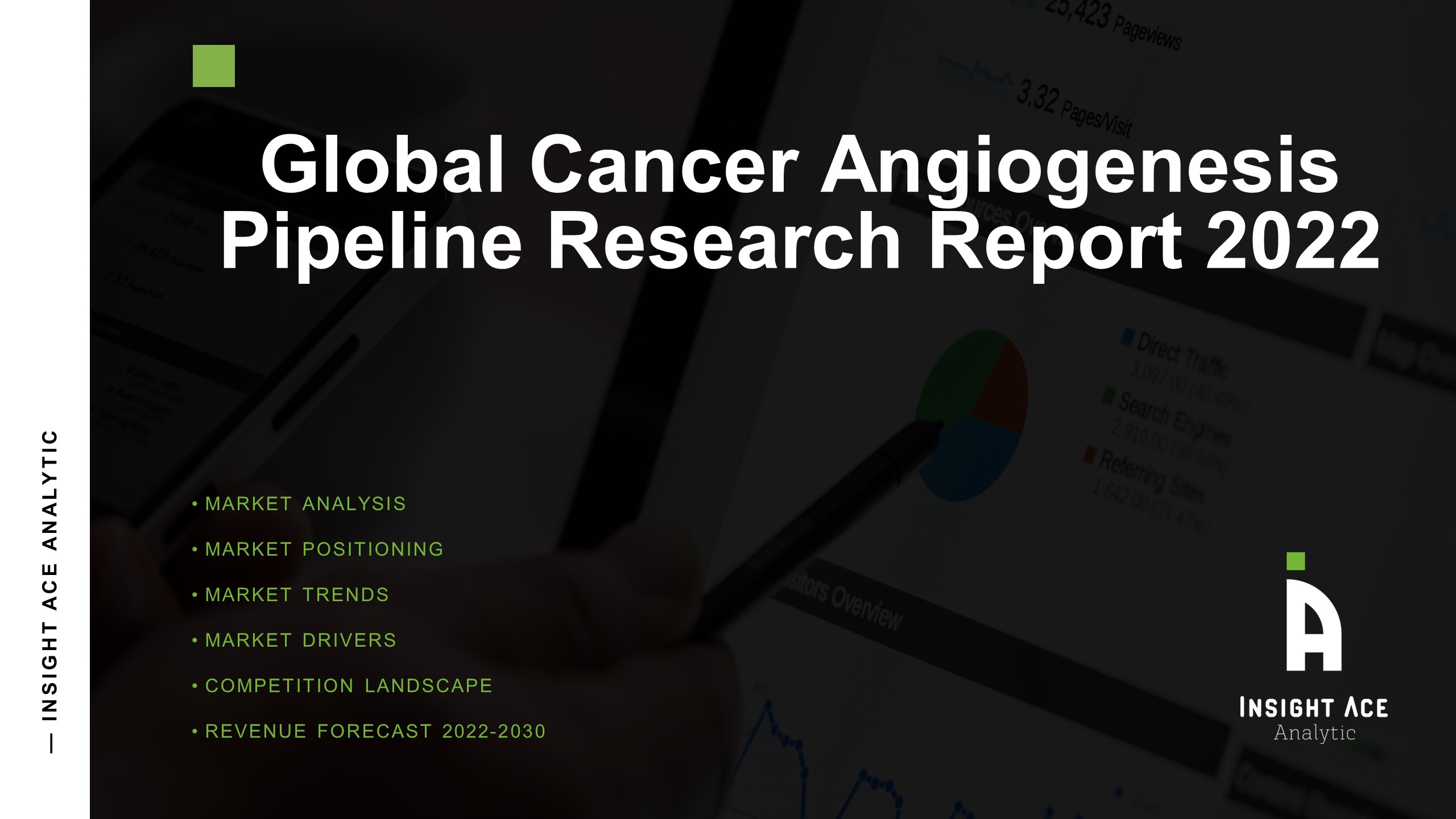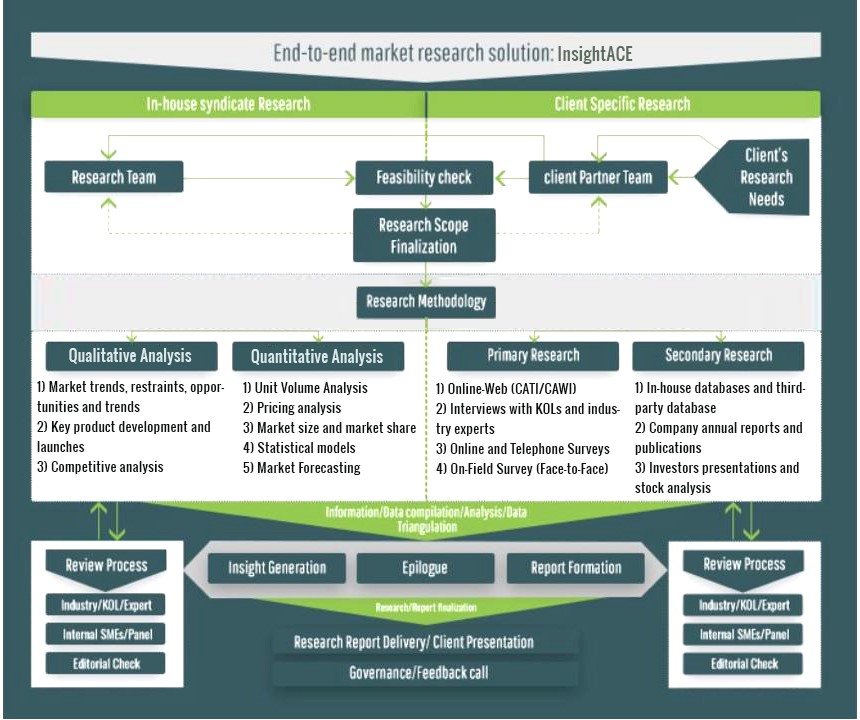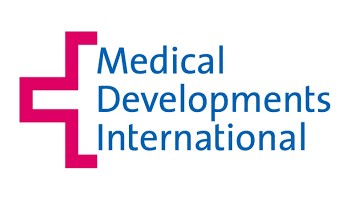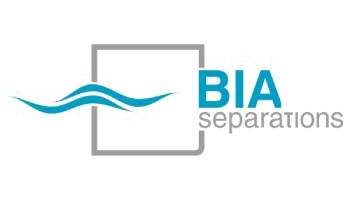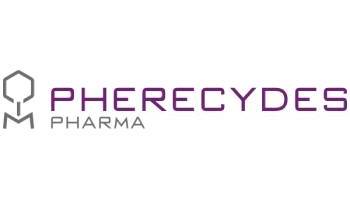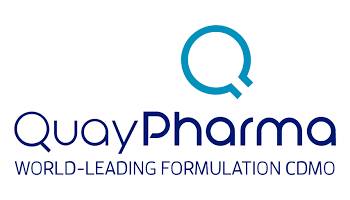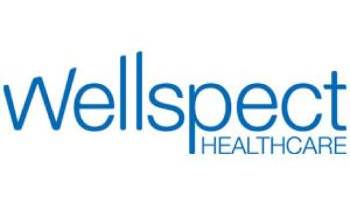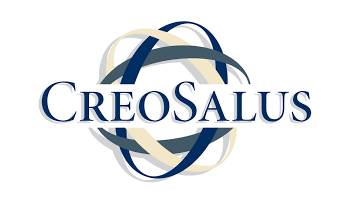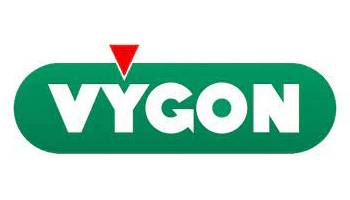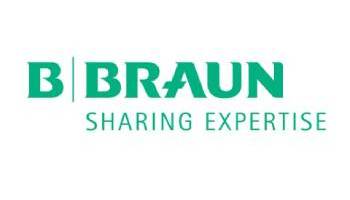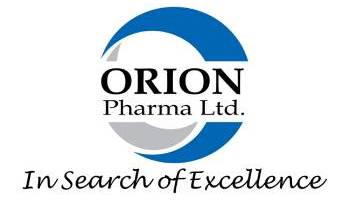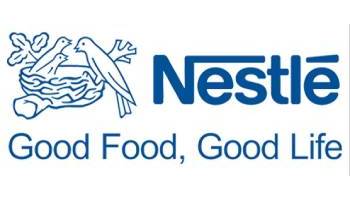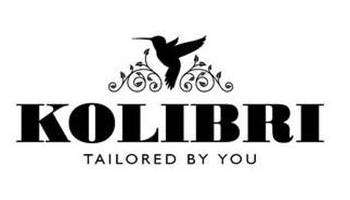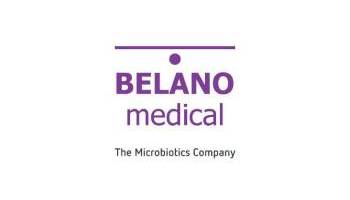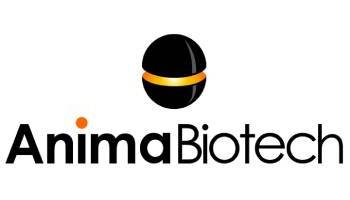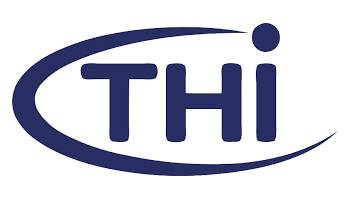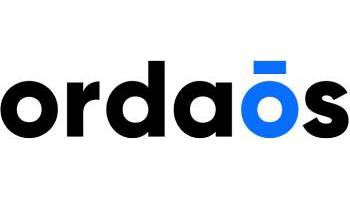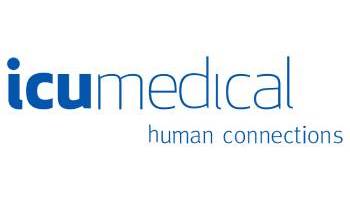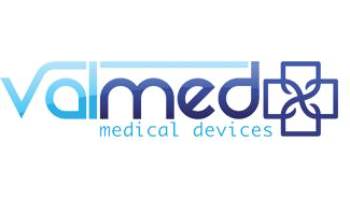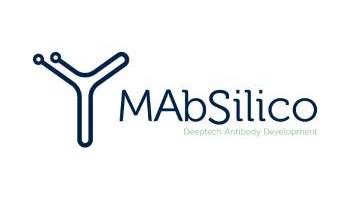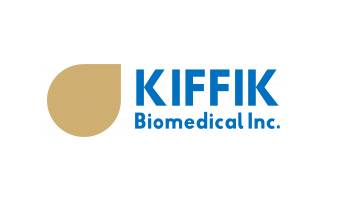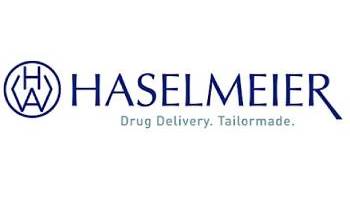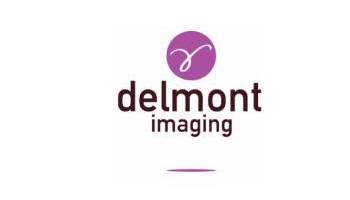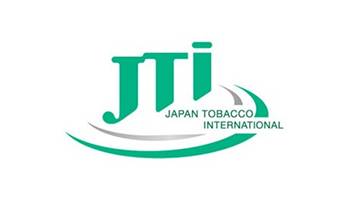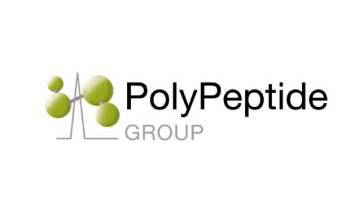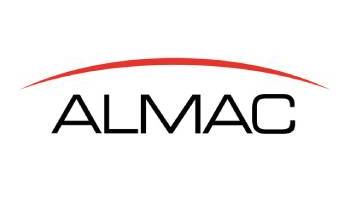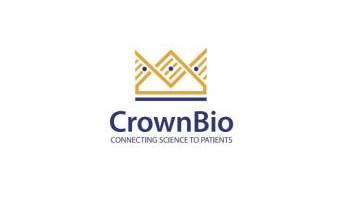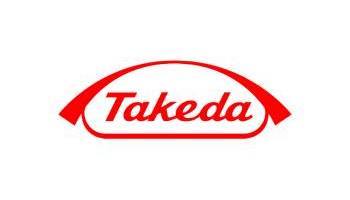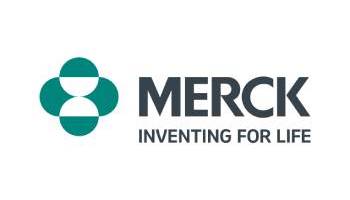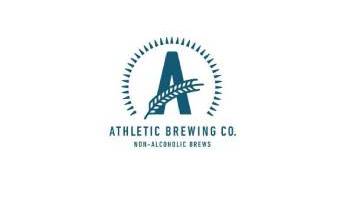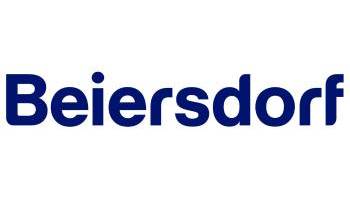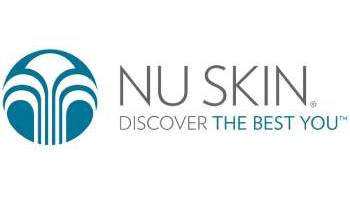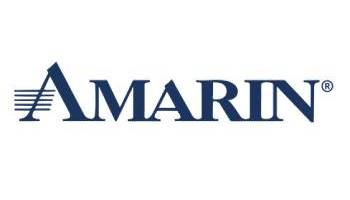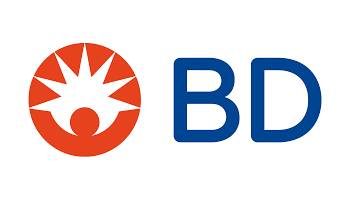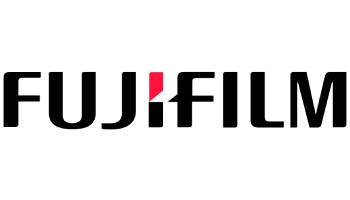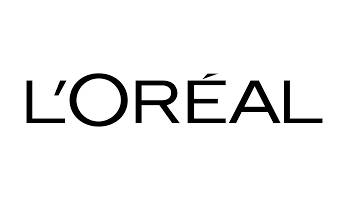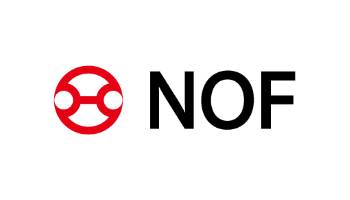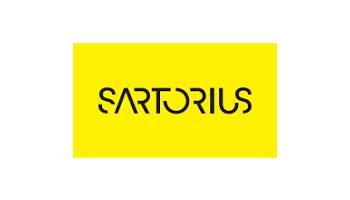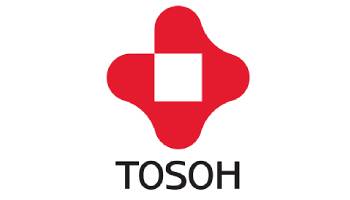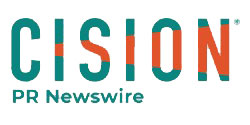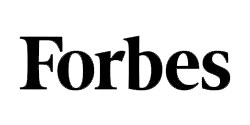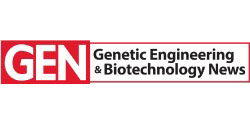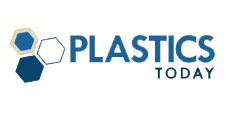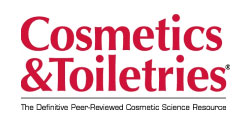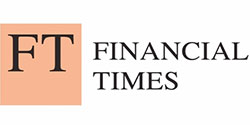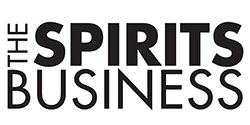The preceding decades have shown higher incidence and prevalence trends for cancer. Globally, the scenario is worsening with the mounting number of cancer patients every year. The number of new cancer cases is predicted to rise by 54% within the next two decades. In economically developing countries, adoption of western lifestyles, such as smoking, poor diet, physical inactivity, and fewer childbirths, will gradually increase the burden of the treatment. This requirement has made cancer the most competitive and most studied arena.
Varied classes of chemotherapeutic products are available, ranging from monoclonal antibodies, vaccines, immunomodulators, and hormonal therapies to bispecific monoclonal antibodies. Raising the limitations of these therapies are that either they should be given in conjunction with other treatments, require a high dose or have got side effects and so on. Pharmacological parameters, overlapping boundaries, cost-effectiveness also are the significant limitations in these products.
One of the major segments of cancer therapy is occupied by angiogenesis inhibitors. Angiogenesis inhibitors are unique cancer-fighting agents because they block the growth of blood vessels that support tumor growth rather than blocking the growth of tumor cells themselves. Being a new targeted therapy, angiogenesis inhibitors have gained more focus and interest and have optimistic market opportunities. With the advent of new and improved technology, angiogenesis inhibitors therapy witnessed a drastic transition and is becoming more acceptable due to its site specific approach. Several regulatory and signaling molecules governing angiogenesis are of interest, including growth factors (e.g., VEGF, PDGF, FGF, EGF), receptor tyrosine kinases, transcription factors such as HIF, as well as molecules involved in MAPK and PI3K signaling.
In some cancers, angiogenesis inhibitors appear to be most effective when combined with additional therapies. There are now several agents available in the market such as bevacizumab (Avastin™) that target the tumor vasculature through different pathways, either by inhibiting the formation of the tumor neovasculature or by directly targeting the mature tumor vessels. Because angiogenesis inhibitors work by slowing or stopping tumor growth without killing cancer cells, they are given over a long period.
Therapeutic innovations in various segments have made human acceptance of the new targeted therapies. Now, many of angiogenesis inhibitors are being tested as adjuvant or first-line therapies to determine their efficacy in improving survival. Although majorly angiogenesis inhibitors are used as supportive therapy rather than streamline drugs as they take huge time to even show reasonable results.
An extensive array of compounds is currently in pre-clinical development(Sonepcizumab/Pfizer, KER-1003/Keros, Beperminogene perplasmid/Anges), with many now in the clinic (RG7594/Roche-Phase 1, Darleukin/Philogen-Phase 2, Ofranergene obadenovec/ VBL Therapeutics-Phase 3) and/or achieving FDA approval.
Some of the key players include Acceleron Pharma, Advenchen Laboratories, Allergan, Alnylam Pharmaceuticals, Amgen, Biocon, Celgene, Five Prime Therapeutics, Fujifilm Kyowa Kirin Biologics, Roche, Novartis, Neumedicines, Onyx, Pfizer, TaiRx, TBG Diagnostics, XBiotech.
Hence, it is quite predictable that the global market for angiogenesis inhibitors for cancer treatment is expected to register a healthy annual market growth rate. The healthy growth rate can be related to the cumulative effects such as fast technological development, upsurge in the number of incidences of cancer patients, rise in the increasing adverse effects from chemotherapy, and increase in the prevalence of cancer patients around the globe.




